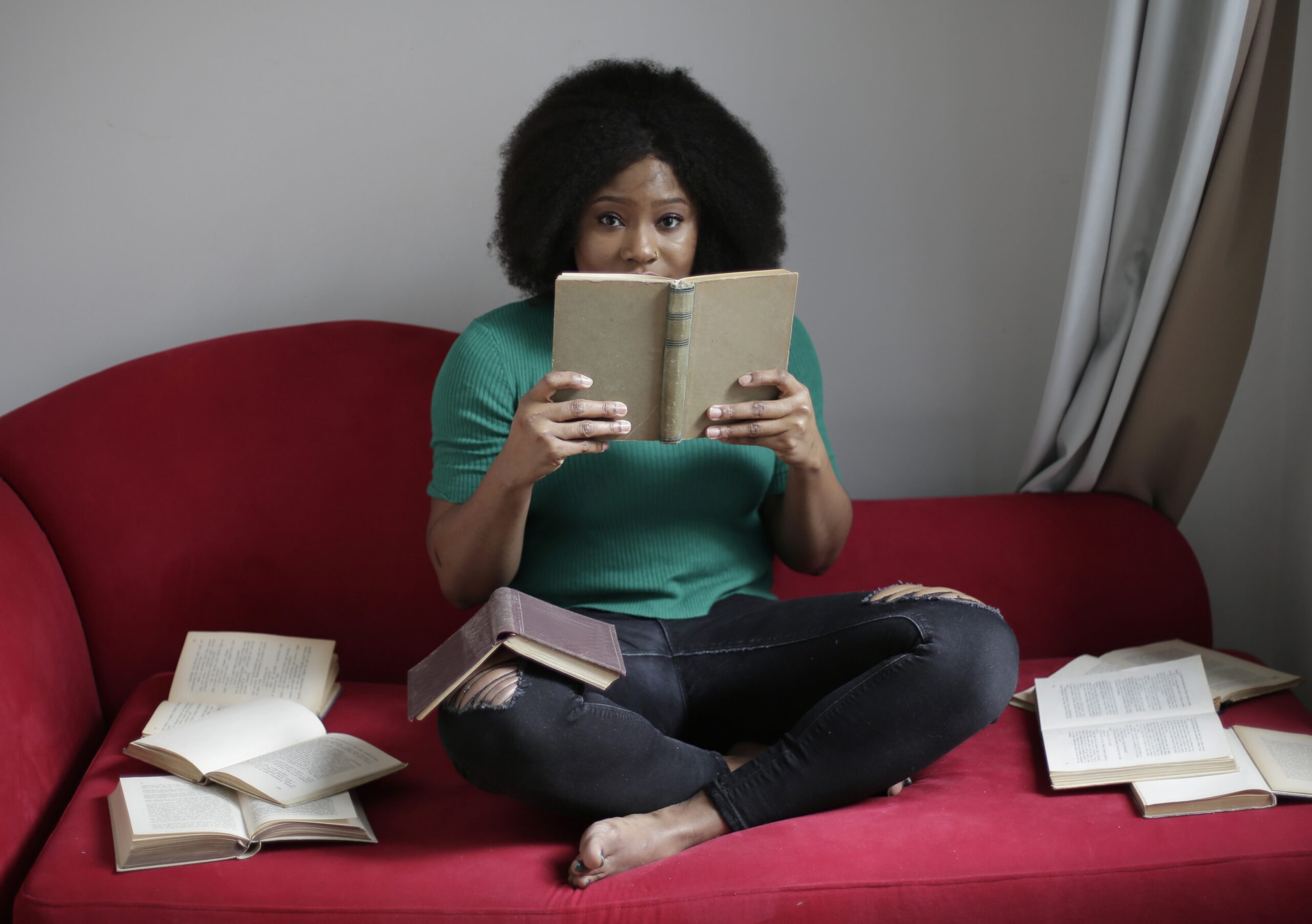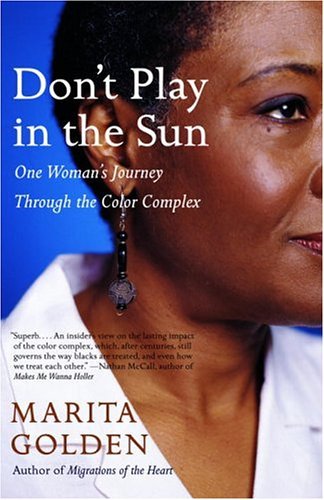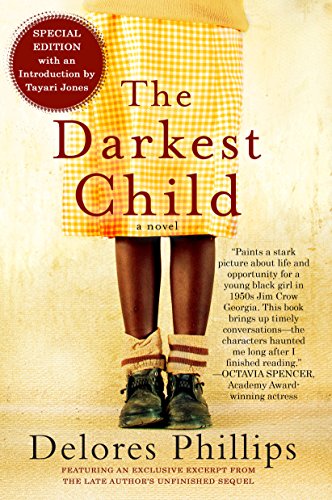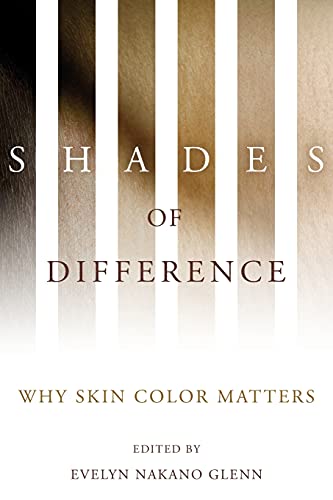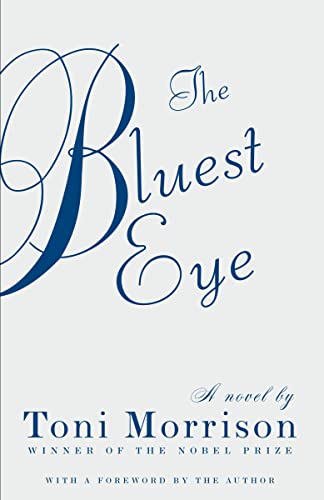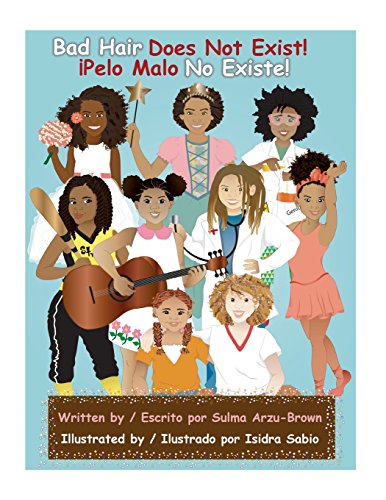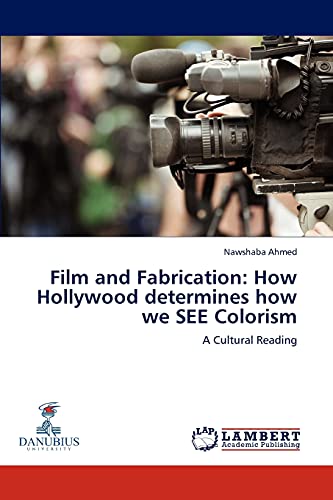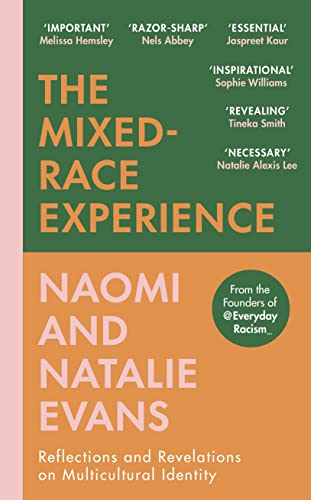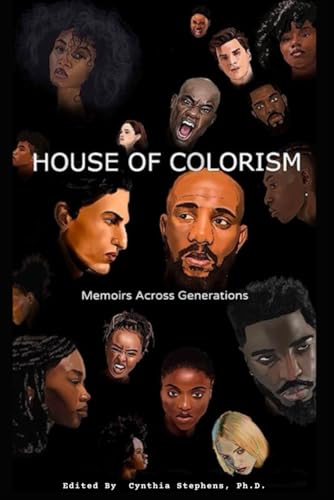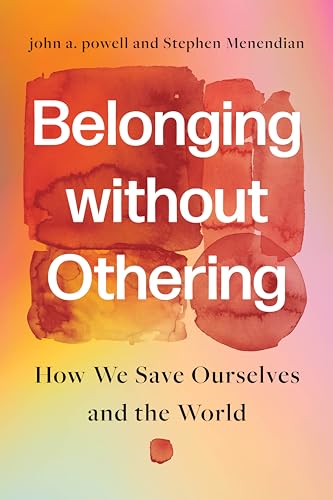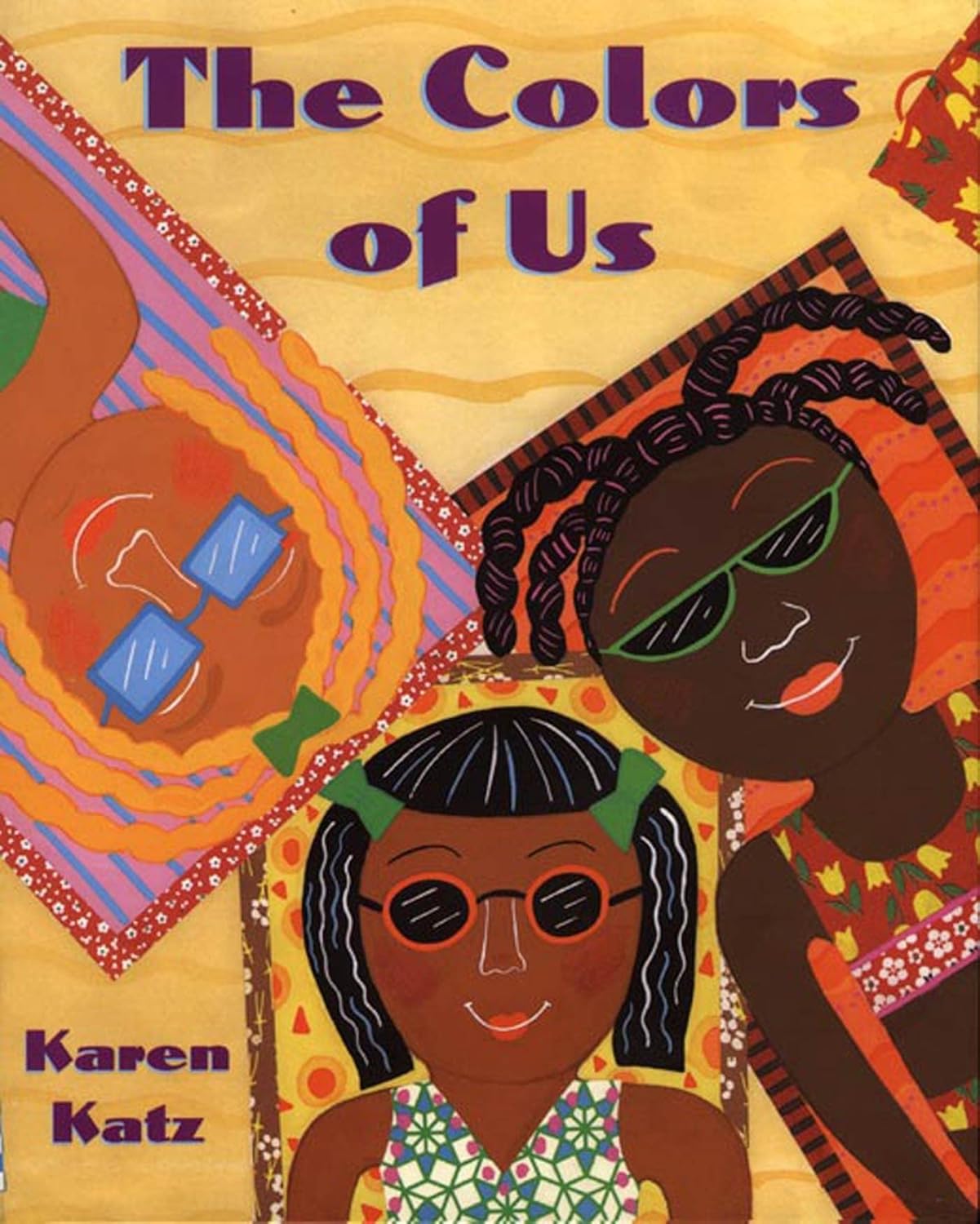Jodie Turner-Smith opened up about how raising her biracial daughter has given her space to heal from experiences with colorism. Being a dark-skinned woman, her reality in the world will be notably different from that of her daughter’s, and she knows it. In conversation with Elle Magazine, the British actress shared some realities that may resonate with many across the diaspora. As much as colorism has weaved its way into cultures everywhere, dark-skinned Black women are often on the harshest receiving end of it.
Colorism seems to be inescapable, and it takes a lot of inner work to navigate that. Turner-Smith is working through this herself, while thinking about raising her mixed-race daughter.
“She’s going to be walking through the world not only having an experience that I did not have, but looking like people that, in a way, I’d always felt a little bit tormented by,’ she shared in the ELLE interview.
She said that raising her daughter will offer the opportunity to heal her “own conversations around colorism.” While colorism has plagued Black communities for generations, there are books about the issue that lay bare the realities of the situation.
What is Colorism?
Colorism sits within racism and is essentially the preferential treatment of lighter-skinned people. It exists beyond the African diaspora and is evident in Latin America, caste systems in Asia and other racialized systems that seek to diminish the worth and beauty of darker skin. It’s a normalized societal reward for those who appear closer to whiteness in features and further from ‘Blackness’. Colorism, also shadeism, is internal as much as it is about external judgements of a racialized group. Within the Black community, or even within families, colorism is evident and often unchecked.
Other Colorist Behaviors
Phrases like, “You’re pretty for a Black girl” insinuate that being dark and being pretty are contrary. It is an anti-Black way of thinking. Turner-Smith had her fair share of comments like these and used it to further motivate her understanding of what it means to show up as a darker-toned woman. In the feature, the “Queen & Slim” actress reveals she forced high self-esteem on herself until, eventually, she started truly believing in herself fully.
Literature is a great way to better understand the effects and the hidden realities of colorism in society. Here’s 10 books about colorism to get you started.
- “Don’t Play In The Sun: One Womans Journey Through The Color Complex” by Marita Golden
- “The Darkest Child” by Delores Phillip
- “Shades of Difference: Why Skin Color Matters” by Evelyn Nakano Glenn
- “The Bluest Eye” by Toni Morrison
- “Bad Hair Does Not Exist/ Pelo Malo No Existe” by Sulma Arzu-Brown
- “Film and Fabrication: How Hollywood determines how we SEE Colorism: A Cultural Reading” by Nawshaba Ahmed
- “The Mixed Race Experience” by Naomi Evans and Natalie Evans
- “HOUSE OF COLORISM: Memoirs Across Generations” by Cynthia Stephens
- “Belonging without Othering: How We Save Ourselves and the World” by John A. Powell and Stephen Menendian
- “The Colors of Us” by Karen Katz
Don’t Play in the Sun
This book confronts the colorism that runs rampant in familial and personal spaces. Marita Golden encourages self-advocacy and self-love in the face of older generations who perpetuate colorist standards. The book leads with the comment, “Don’t play in the sun. You’re going to have to get a light-skinned husband for the sake of your children as it is.” This is a notion some are all too familiar with.
Goodreads Rating: 4.14
The Darkest Child
Delores Phillips writes a heart-wrenching, but deliberate tale around colorism and survival. In this fictional read, colorism shows up in the household between a young Tangy Mae Quinn and her mother, Rozelle. There are not many books that focus on the emotional pangs of colorism. Here, Phillips writes with courage about the lived reality of colorism for one Black family on the outskirts of Georgia.
Goodreads Rating: 4.38
Shades of Difference: Why Skin Color Matters
Colorism has made its mark on many cultures and communities. In this book, Evelyn Glenn brings together scholars and writers to examine the role Western-dominated culture and media have played in disseminating the ideal of light skin globally.
Goodreads Rating: 4.10
The Bluest Eye
This Toni Morrison classic tells the story of Pecola Breedlove. She is an 11-year-old who prays hard for her eyes to turn blue. This is a comprehensive look at colorism through Morrison’s world-making that doesn’t shy away from staring colorist ideologies in the eye.
Goodreads Rating: 4.12
Bad Hair Does Not Exist/ Pelo Malo No Existe
This bilingual take on colorism looks at the term “bad hair” or “pelo malo” and outlines how damaging and untrue the idea is. Sulma Arzu-Brown wrote this book with the other side of colorism in mind: hair.
Often, hair can be a signifier of colorism and discrimination. The closer your hair texture resembles euro-centric beauty standards, the more favor you receive. This illustrated book details how this thinking contributes to low self-esteem among children and adults.
Goodreads Rating: 4.33
Film and Fabrication: How Hollywood determines how we SEE Colorism: A Cultural Reading
If you are curious about how colorism shows up in your favorite Hollywood movies, then this book is the perfect read. This book outlines an unfortunate truth: Hollywood is often a key mechanism for reinforcing colorism. From racist representations to erasure, there is much to challenge about the way colorism is embedded into mainstream storytelling. Nawshaba Ahmed writes this with the Asian community in mind, but the ideas apply to several other communities globally.
Goodreads Rating: Not Available
The Mixed-Race Experience
‘The Mixed-Race Experience’ discusses studies and personal stories about what it actually means to be a person of mixed-race heritage. Natalie and Naomi Evans, founders of anti-racist advocacy and platform Everyday Racism, expertly share the complexities of mixed-race identity. The book provides other insights into colorism from mixed-race privileges to blatant discrimination. The book hones in on mixed-race identity in the United Kingdom, but is applicable around the world.
Goodreads Rating: 4.16
HOUSE OF COLORISM: Memoirs Across Generations
“House of Colorism: Memoirs Across Generations” is a collection of personal narratives surrounding internalized racism. Written by Cynthia Stephens, the stories highlight the nuanced issues and impact of colorism in the community. Each memoir in the book provides not only education to those who have been or are the perpetrators of this damage, but also a space for healing and catharsis.
Goodreads Rating: Not Available
Belonging Without Othering: How We Save Ourselves and the World
Written by John A. Powell and Stephen Menendian, “Belonging Without Othering: How We Save Ourselves and the World” is a novel about the root of all inequality — othering. There are qualities and attributes in everyone that makes them different. Othering happens when the pressures of those differences causes people to separate themselves from each other based on their differences. In this book, Powell and Menendian urge readers to practice belonging without othering. This mindset “challenges seemingly benevolent forms of community-building based on othering.” The novel ushers readers into a new, hopeful world, where people work together toward a better future.
Goodreads Rating: 4.36
The Colors of Us
“The Colors of Us” by Karen Katz follows the story of 7-year-old Lena who wants to paint a picture of herself. She wants to use brown to paint her skin. As she walks through the neighborhood with her mother, she learns about the many shades of brown. Through the eyes of Lena who is rediscovering her world in a new light, this children’s book celebrities the differences and similarities that connect people. It’s perfect for teaching children how to love their own skin color and appreciate the many shades of everyone else’s in the world.
Goodreads Rating: 4.34
Our editors love finding you the best products and offers! If you purchase something by clicking on one of the affiliate links on our website, we may earn a commission at no extra cost to you.
